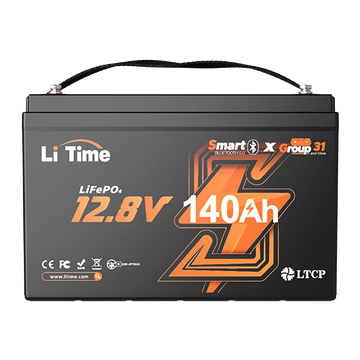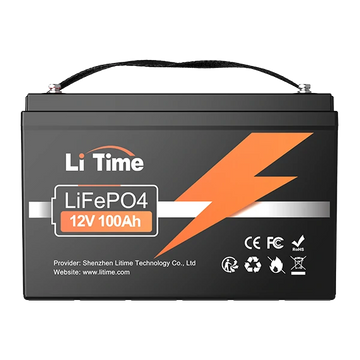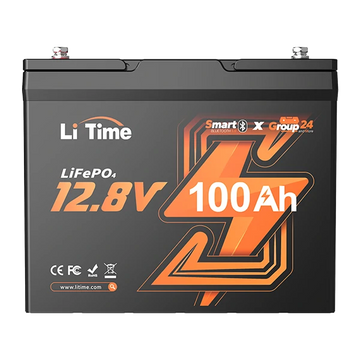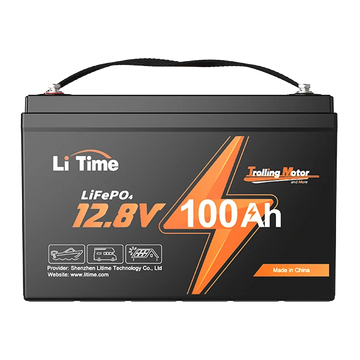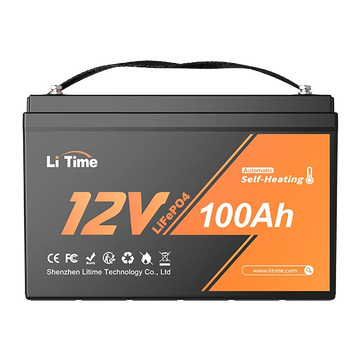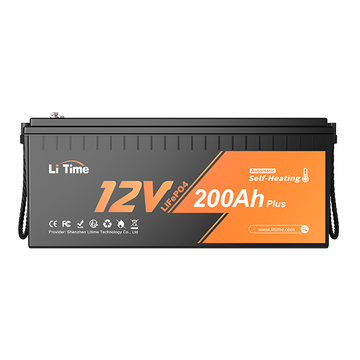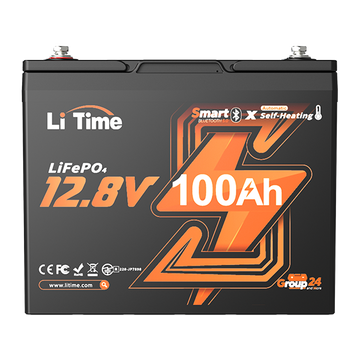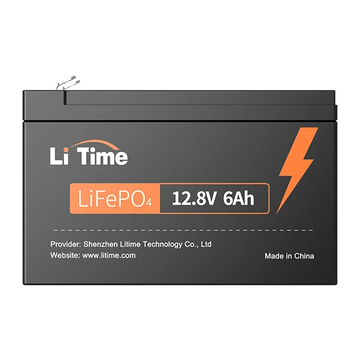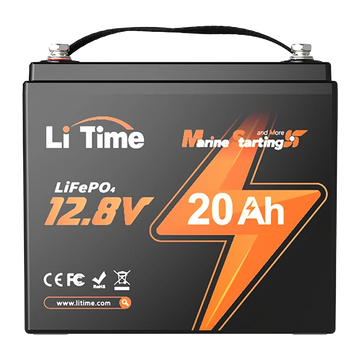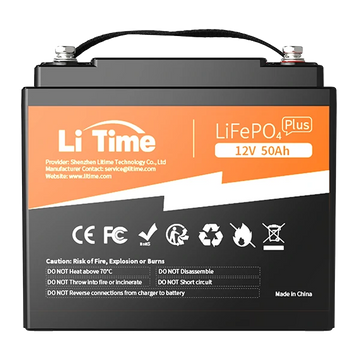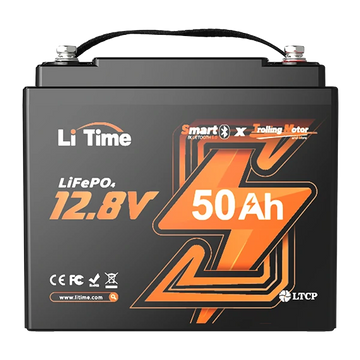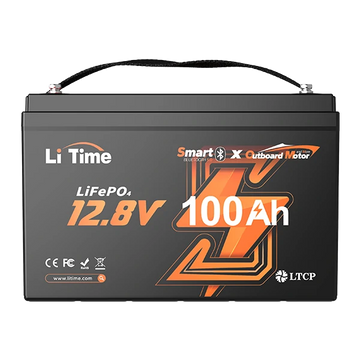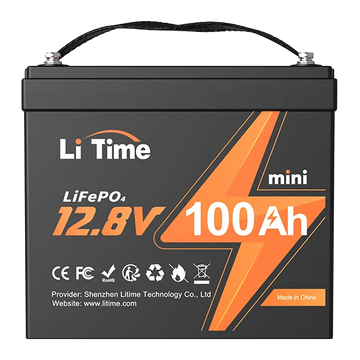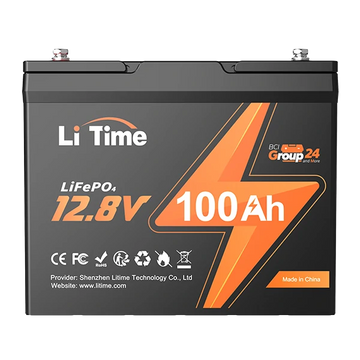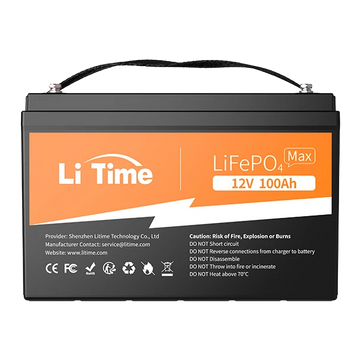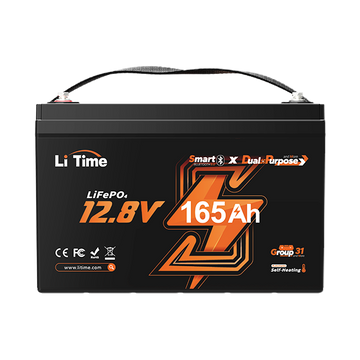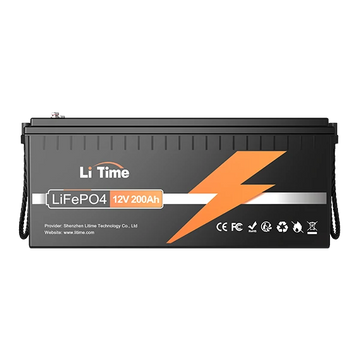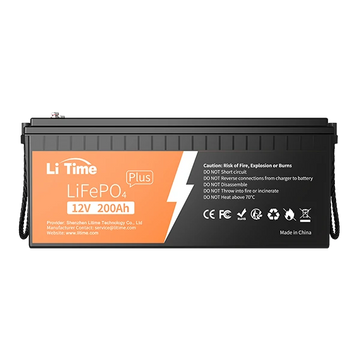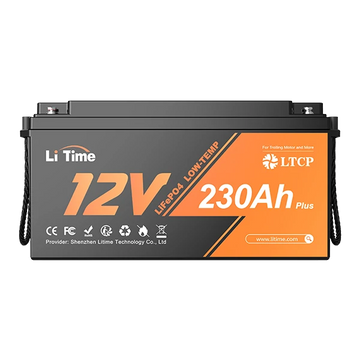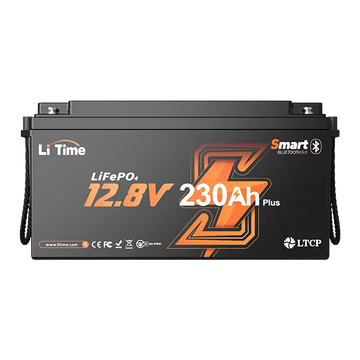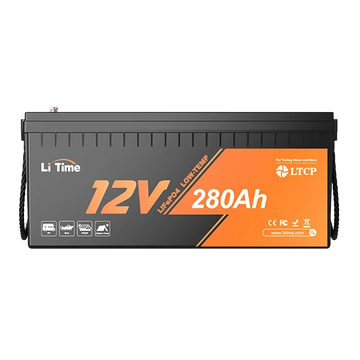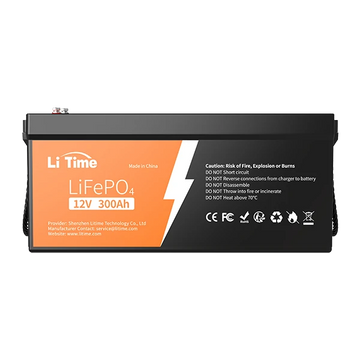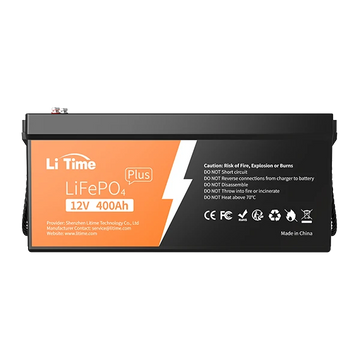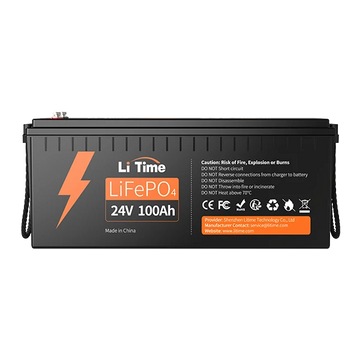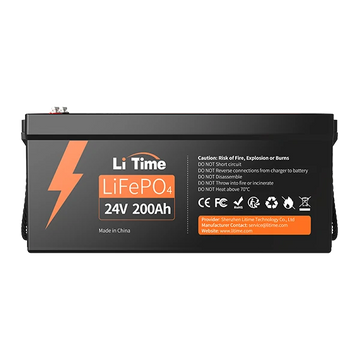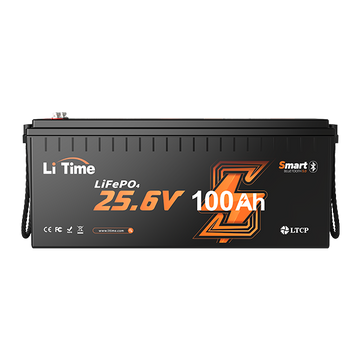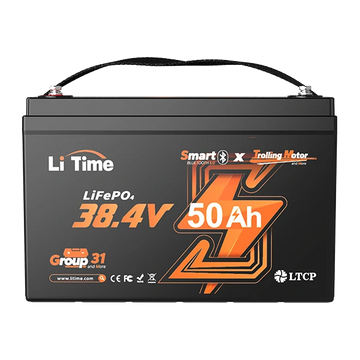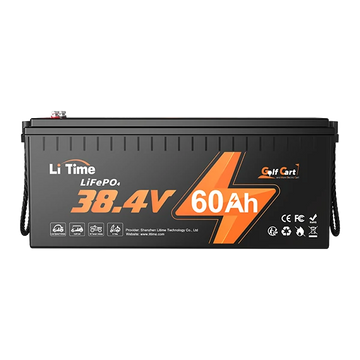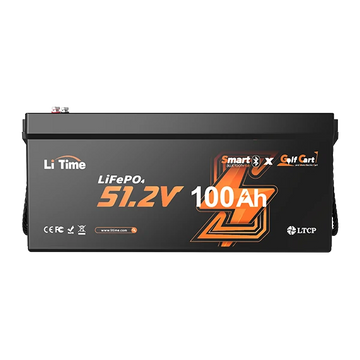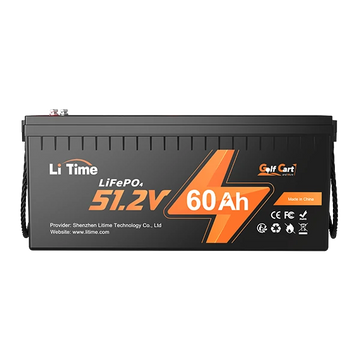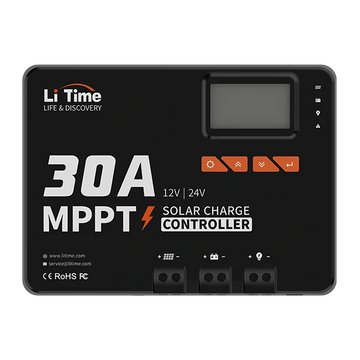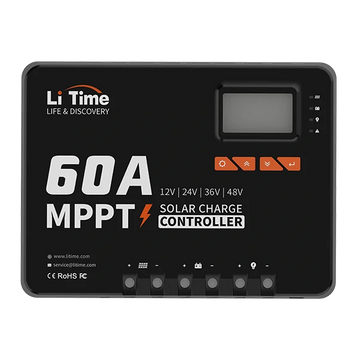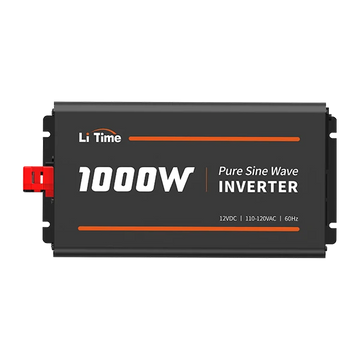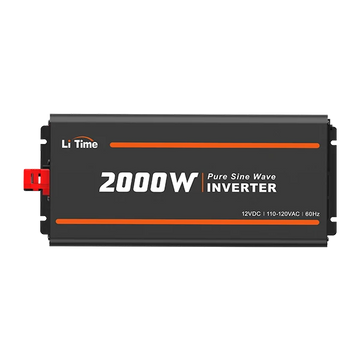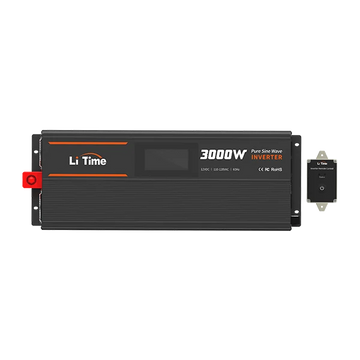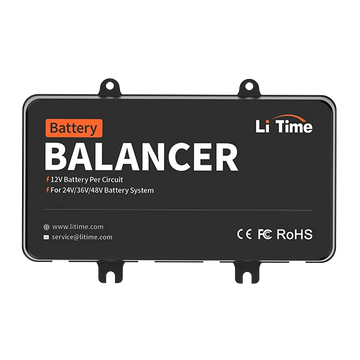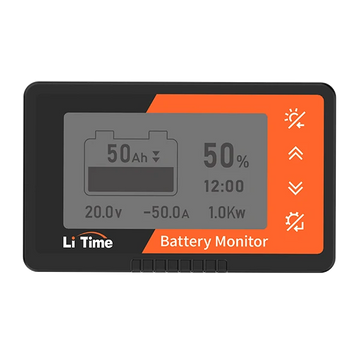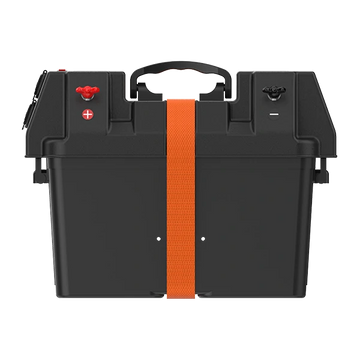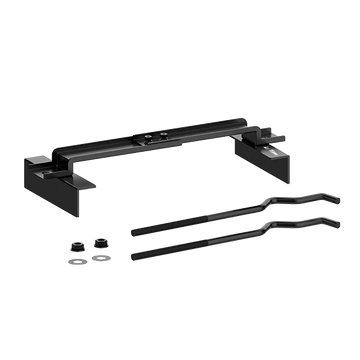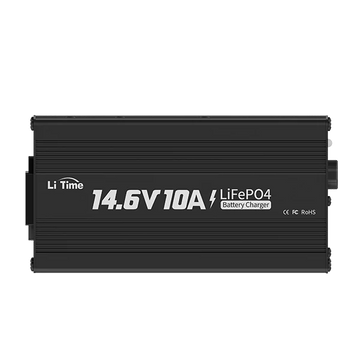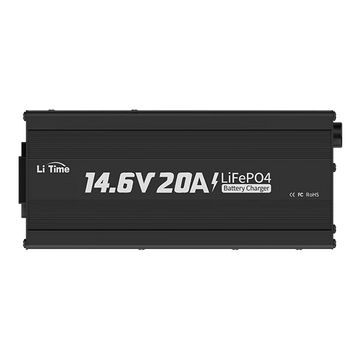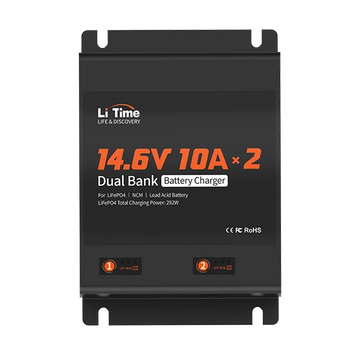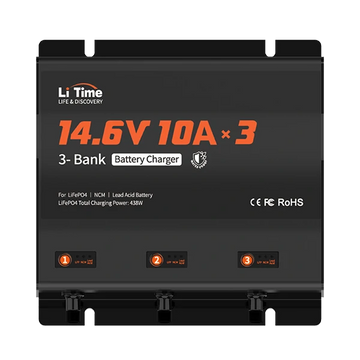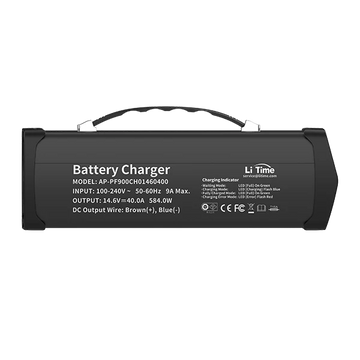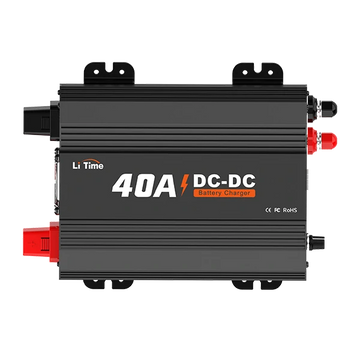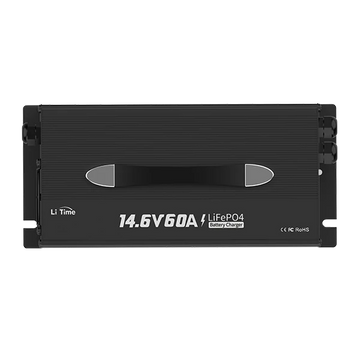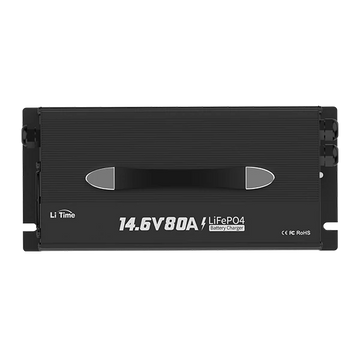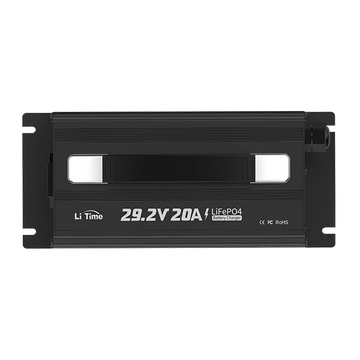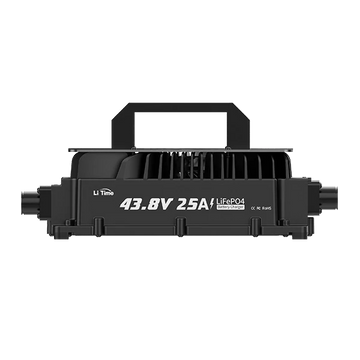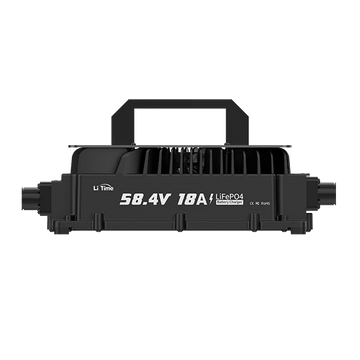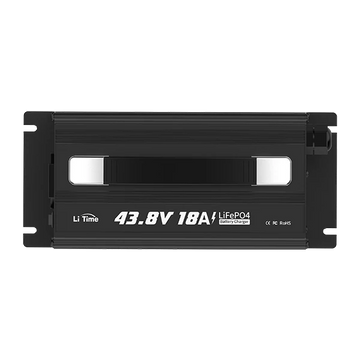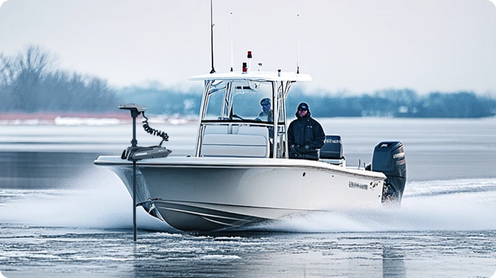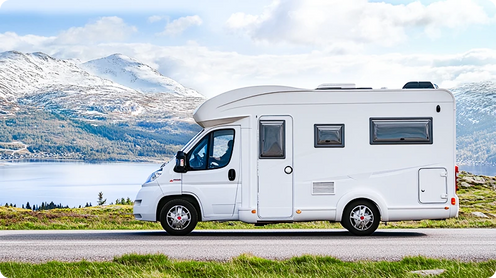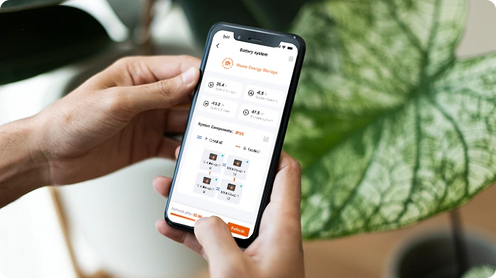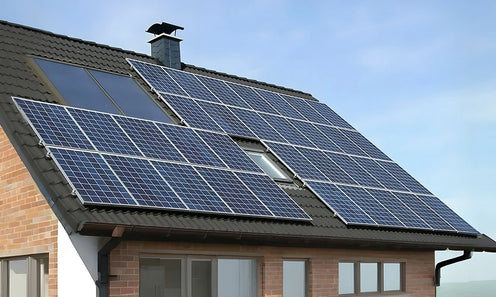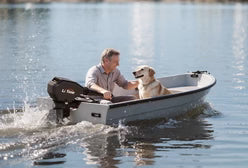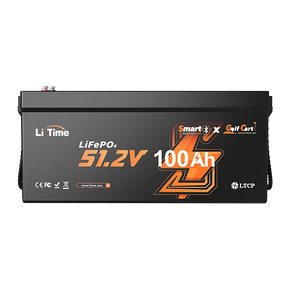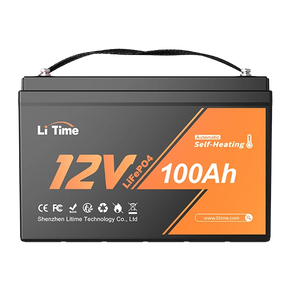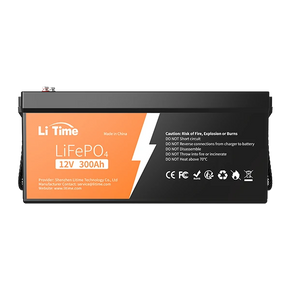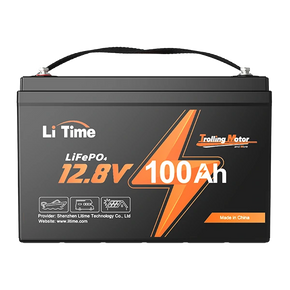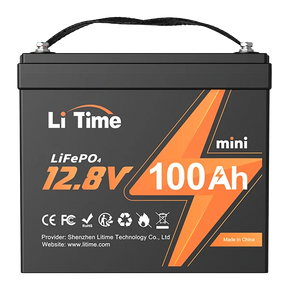There’s nothing worse than being miles from the dock when your trolling motor battery dies. It’s a common frustration for boaters, whether you're fishing a quiet cove or exploring a new lake.
The good news is you don’t have to cut your trip short. You can safely and efficiently charge your trolling motor battery while on the water, and this guide will show you how.
We'll cover every practical method, from solar power to advanced dual-battery systems. You'll also find essential safety tips, cost comparisons, and maintenance advice to keep your battery in top shape all season.
The Essentials: Batteries, Charging, and Safety
Battery Types Explained
- Lead-Acid Deep Cycle: The affordable and reliable workhorse. They're heavy and need a full recharge after every use.
- AGM (Absorbent Glass Mat): A maintenance-free, sealed battery that charges faster than traditional lead-acid models.
- LiFePO₄ (Lithium): The premium choice. They are incredibly lightweight, last for years, and excel at partial recharges, making them perfect for on-the-water charging.
Pro Tip: If you plan to charge on the water regularly, upgrading to a lithium battery is a smart investment. It handles partial charging cycles far better than other types.
Charging Fundamentals
- Charging speed is determined by watts, which is calculated as
Voltage × Current. - All batteries follow three charging stages: bulk, absorption, and float. A smart charger manages these automatically.
- Using the wrong voltage or overcharging can permanently damage your battery.
Safety First
- Always use marine-grade wiring and install fuse protection on every positive terminal.
- Ensure all connections are tight, clean, and dry.
- When working on wiring, always disconnect the negative cable first.
5 Proven Methods to Charge a Trolling Motor Battery on the Water
Here’s a breakdown of each method, including what you need and when it works best.
1. Harness the Sun with Solar Panels
- How It Works: Solar panels capture sunlight and convert it into DC electricity. A charge controller regulates this power to safely top off your battery.
-
What You'll Need:
- 50W–200W solar panel(s) (rigid or flexible)
- MPPT or PWM solar charge controller
- Marine-grade 10 AWG cables and waterproof connectors
- Performance: A 100W panel in direct sun can generate about 5–8 amps of power. This is great for extending your runtime but won't fully recharge a dead battery in a single afternoon.
- Best For: All-day anglers and slow cruisers who spend hours in the sun.
- Heads-Up: Cloudy days or shade will significantly reduce your charging output.
2. Install a Dedicated On-Board Charger
- How It Works: An on-board charger is permanently wired into your boat. It charges your trolling batteries automatically whenever your main engine is running or when you're plugged into shore power at the dock.
-
Key Components:
- A multi-bank on-board charger (e.g., a 2-bank, 10A model)
- A DC-to-DC charger to pull power from your starting battery safely
- An Automatic Charging Relay (ACR) or smart isolator
-
Advantages:
- Completely automated, set-it-and-forget-it convenience.
- Ensures your batteries are always topped off and ready to go.
- Cost: Quality marine-grade systems typically range from $150 to $400.
3. Carry a Portable Marine Battery Charger
- How It Works: A compact, all-in-one charger that connects to your battery with alligator clips. It needs a 120V AC power source, like a small generator or an inverter connected to your starting battery.
-
Why It’s Useful:
- Lightweight and easy to store for emergencies.
- A versatile backup for quick top-offs.
- Smart models can charge different battery chemistries (Lead-Acid, AGM, Lithium).
- Limitations: Charging is slower, usually between 5–10 amps.
4. Set Up a Dual-Battery System
- The Concept: This setup isolates your boat's functions. One battery is dedicated to starting the engine, while a separate battery (or bank of batteries) powers your trolling motor.
-
What You'll Need:
- Two or more batteries
- A battery switch or an Automatic Charging Relay (ACR)
- A DC-to-DC charger to ensure different battery types (like a lead-acid starter and a lithium troller) are charged correctly from the alternator.
-
Benefits:
- Eliminates the risk of draining your starting battery.
- Allows your engine's alternator to charge the trolling battery while you're cruising.
5. Use a Trolling Motor with a Built-in Alternator
- How It Works: Some high-end trolling motors have a built-in alternator that generates power as the propeller spins, sending a charge back to your battery.
- Pros: Provides continuous, automatic charging while you’re moving.
- Cons: This feature isn't available on all models, and the output might not be enough to keep up with heavy use at high thrust.
Maximize Your Power: How to Make Every Amp Count
- Go Easy on the Throttle: Running at 50–70% thrust uses significantly less power than running at full speed.
- Steer Smoothly: Constant, sharp corrections waste energy.
- Reduce Drag: Trim your motor correctly and keep the propeller clean of weeds.
- Power Down: Turn off any electronics you aren't using.
At a Glance: Comparing Your Charging Options
| Method | Power Source | Charging Speed | Installation | Ideal For |
|---|---|---|---|---|
| Solar Panels | Sunlight | Slow to Medium | Moderate | Daytime anglers, eco-conscious boaters |
| On-Board Charger | Engine / Shore Power | Medium to Fast | Moderate | Frequent boaters wanting convenience |
| Portable Charger | Inverter / Generator | Slow | Easy | Emergency backup and occasional use |
| Dual-Battery System | Engine Alternator | Medium | Moderate to Hard | All-day trips and power security |
| Built-in Alternator | Trolling Motor | Medium to High | Varies by model | Boaters who cruise frequently |
Pro Tips for Safety, Maintenance, and Cost
Safety Checklist
- Fuse all positive leads near the battery terminals.
- Use marine-grade, heat-shrink connectors to waterproof connections.
- Mount chargers in a dry, well-ventilated area away from fuel fumes.
- Inspect battery terminals monthly for signs of corrosion.
Maintenance Habits
- Fully recharge your batteries after every trip (especially lead-acid).
- Try to keep lithium batteries above a 20% state of charge.
- Avoid mixing old and new batteries in the same bank.
- Store batteries in a cool, dry place during the off-season.
Cost Overview
- Solar Setup: $200–$600
- On-Board Charger: $150–$400
- Portable Charger: $80–$200
- Dual-Battery System: $250+ (plus the cost of batteries)
Trolling Motor Myths vs. Reality
| Myth | Reality |
|---|---|
| "A solar panel can run my trolling motor directly." | Not really. It takes a massive array (500W+) in perfect sun to do that. Panels are best for recharging, not direct power. |
| "I can just connect my battery to the alternator." | This is risky. An unregulated alternator can overcharge and destroy your battery. Always use a DC-to-DC charger or a voltage regulator. |
| "Faster charging is always better." | Not necessarily. Charging too fast can generate heat and shorten your battery’s lifespan. Stick to the manufacturer's recommended rates. |
| "One battery is enough for everything." | A dual-battery setup is much safer. It prevents your trolling motor from draining the battery you need to start your engine and get home. |
Frequently Asked Questions
-
Can I charge my battery while the trolling motor is running?
Yes, this is possible with a solar setup, a built-in alternator, or an on-board charger connected to a running engine. -
Can I use any charger with a lithium battery?
No. You must use a charger that has a specific lithium (LiFePO₄) charging profile to avoid damaging the battery. -
How long will it take to charge a 100Ah battery on the water?
With a 20A charger, it would take about 5-6 hours. With a 100W solar panel, it could take a full day or more depending on the sun. -
Is it safe to use my car battery charger on my boat?
It's not recommended. Marine chargers are built to be ignition-protected (spark-proof) and are sealed to resist moisture and corrosion.
The Future of On-Water Charging
Technology is rapidly improving. Flexible solar panels can now be mounted on curved surfaces like a bimini top, while smart Battery Management Systems (BMS) with Bluetooth connectivity allow you to monitor your battery's health and charge level directly from your phone.
Upgrade to Lithium for a Better Day on the Water
Switching to lithium trolling motor batteries is one of the best upgrades you can make. They charge faster, last longer, weigh significantly less, and provide consistent power from start to finish. This means more time fishing and less time worrying about your battery.
Final Thoughts
Charging your trolling motor battery on the water is more accessible than ever. By choosing the right method for your boat and budget, you can extend your time on the lake and ensure you always have the power you need.
Your Action Plan:
- Identify your current battery type and capacity.
- Choose one charging method from this guide that fits your needs.
- Install it safely and test your system before heading far from the dock.
Stay powered, stay safe, and enjoy every moment on the water.
